10 Things Marie Kondo got WRONG – Agree or Disagree?
This post may contain affiliate links for your convenience. That means that if you make a purchase, I will receive a small commission at no extra cost to you. Read more here.
In 2014, Marie Kondo released her flagship book, The Life-Changing Magic of Tidying Up: The Japanese Art of Decluttering, and the result was, well, life-changing.
As it turns out, that book was just the beginning. After millions of people around the world tidied up their homes with the KonMari Method, Kondo released several more books, started her own wellness company, and has appeared in not one, but TWO titular Netflix shows!
But – do all her methods spark joy? Not for this minimalist!
Well, at least not entirely.
Let’s dive into all the things that Marie Kondo got “wrong” and what you can do to shift your mindset to find decluttering success.
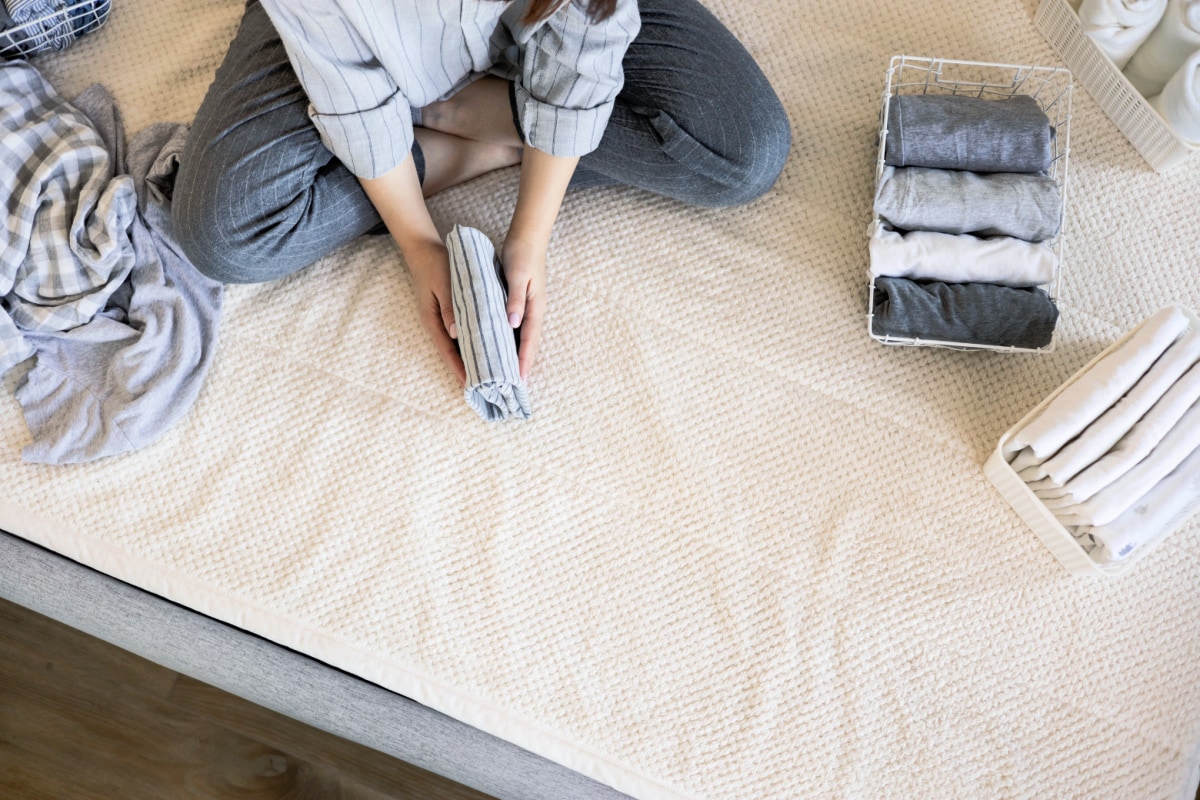
READ MORE: 101 Marie Kondo Quotes & Sayings to Spark Joy in Your Life
why is marie kondo so famous?
I want to start off by saying the purpose of this post is NOT to bash Marie Kondo. In fact, I absolutely adore her, which is why two of her books made this list of the greatest decluttering books of all time.
Marie Kondo is so famous because her method normalized decluttering and introduced a revolutionary principle to stressed out and overwhelmed people around the world – that it’s okay to get rid of stuff that doesn’t make you happy!
No matter what shortcomings it may or may not have, The Life-Changing Magic of Tidying Up (TLCMOTU) was a revelation for many, myself included.
how marie kondo changed my life
There aren’t enough exclamation points in the world to express how much I love Marie Kondo and how profoundly the KonMari Method has changed my life.
After the loss of my family and my childhood home turned me into an emotional hoarder, I spent years schlepping around all the clutter I couldn’t let go of.
Reading TLCMOTU was like having curtains open up after 30 years of darkness and rays of sunshine fall in to brighten up the saddest parts of my soul.
To me, she’s like an actual angel who descended from the heavens to help mere mortals like us sort our messy homes and lives.
At first, I tried to follow Kondo’s advice religiously. But as I continued to declutter more and more, I noticed a lot of shortcomings in her strategies and methods.
Especially as a family of four, there are many gaps in the thinking behind the KonMari Method. It’s not as simple as she makes it out to be and even she has admitted that after having kids the tidiness levels in her own home have slipped!
So while I still love the KonMari Method and a lot of what Marie Kondo stands for, here are some of the biggest things I think she got wrong about decluttering.
READ MORE: Find out more about how I overcame emotional hoarding on a five-year journey to minimalism that culminated in my family extreme decluttering our entire home and moving to Europe with only eight suitcases!
what did Marie kondo get wrong?
Remember, this article is based on my OPINIONS after not only implementing the KonMari method, but also from the perspective of a minimalist mom.
Kondo herself has said that the KonMari Method is not minimalism.
So remember that when you read these points! There is no one-size-fits-all solution for any single problem in life and decluttering. What works or appeals to one person might be a total turnoff to another, so take everything with a grain of salt. You can read more about the steps I use to declutter my entire home and keep it clutter-free in this blog post.
1. Does it Spark Joy is Too Simple
Kondo suggests getting rid of any items that don’t immediately spark joy when you touch them.
While it sounds good on paper, in practice life and the decluttering thereof can be a lot more complicated.
In the process of decluttering, I came to the realization that if I threw away all the things that reminded me of the harder moments in my life, then there would be nothing left of me!
Of course, I have sentimental items that belonged to my parents and grandparents that remind me of them. And, of course, these things serve as a reminder that they’re gone.
But they also serve a purpose.
The ones that I kept after decluttering THOUSANDS of items allow me to feel closer to them and offer my kids a chance to listen to stories about and one day own a piece of the grandparents they never had the chance to meet.
There are also items that one might consider “negative”, such as my father’s Alcoholics Anonymous coin.
However, that coin serves as a powerful reminder; it helps me remember that my habits and choices can affect not only me but also the lives of my loved ones!
I lost my father to alcoholism and no amount of decluttering is going to remove that pain. I’d rather remember and grow stronger in light of that lesson.
2. Declutter the 5 Categories
Marie Kondo suggests breaking decluttering down into five categories. The five KonMari categories, in order, include:
I strongly agree that you should leave your most sentimental items for last.
But, who’s to say that no one feels sentimental about clothing?
Or books?
You should be flexible in your ability to reorganize the categories according to what makes sense to you. Start off with something simple and work your way towards the harder, more sentimental items last.
Kondo also advises against decluttering by location.
While I agree that categories make sense for grouping certain items like clothes, books, and papers, that leaves a lot of items for the miscellaneous section. Everything from garden tools to playroom toys would fall under this category.
Start off with categories that make sense to you, and then feel free to break things down by location as necessary. I call this “Zone Decluttering” and find decluttering is faster and more effective with zones compared to categories.
Common declutter zones include:
READ MORE: How to Declutter Sentimental Items: 20 Helpful Tips to Let Go Easier
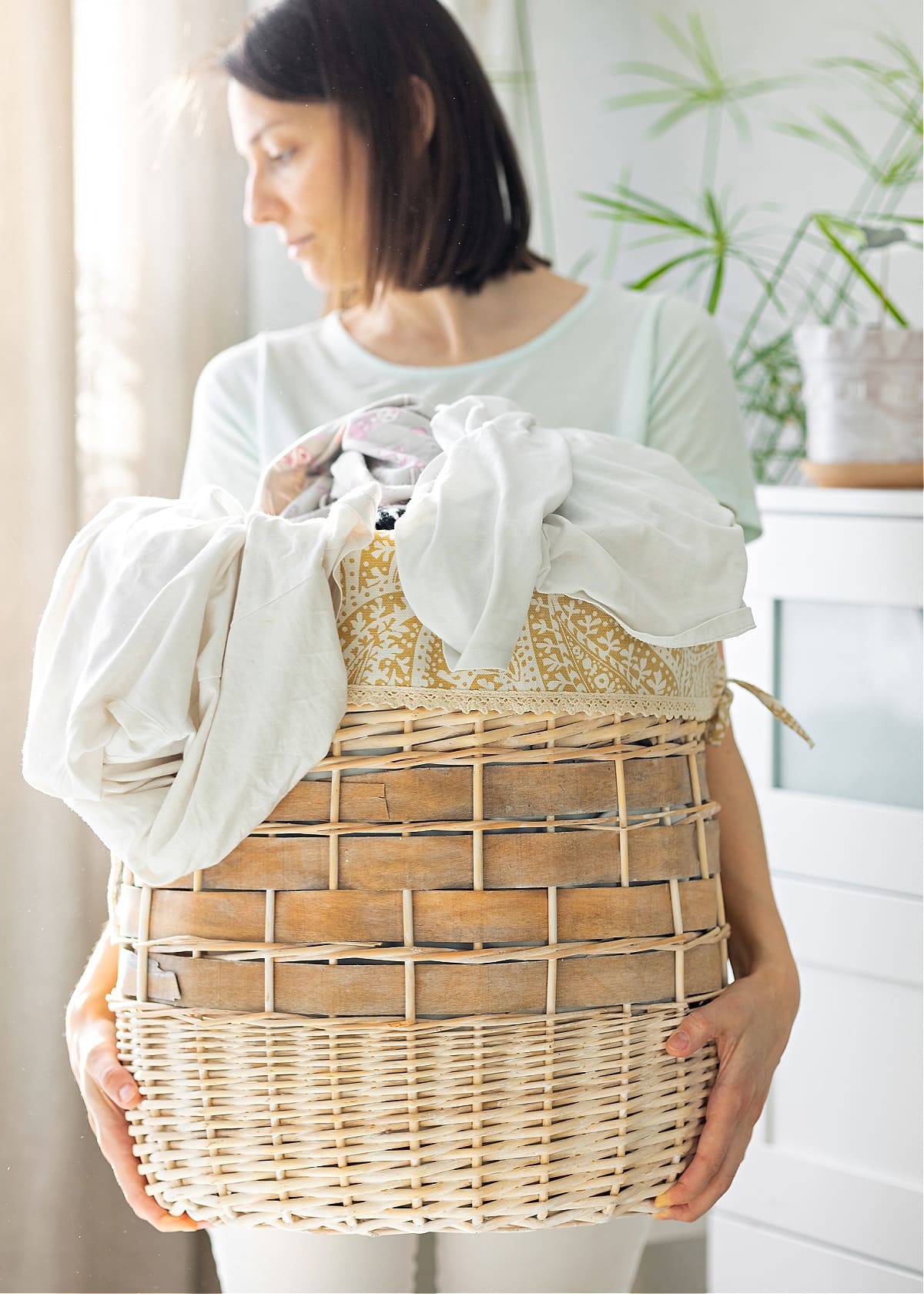
3. Marie Kondo’s Famous Vertical Folding
When I first started following the KonMari Method, I was instantly drawn to her way of folding clothes. And it took most of the world by storm!
In her method, she suggests folding all clothes instead of hanging them in the closet. The basic gist is that you fold your clothes by halves or thirds into smaller and smaller rectangles until you’re left with a rigid rectangle that can sit upright.
While I still like her method for folding clothes, it doesn’t always work.
If you’re a minimalist like me, then these rectangles fall over in the drawer because there’s too much space!
Likewise, anyone who is approaching laundry day will notice that the clothes frequently fall over and become unfolded – especially when opening and closing the drawers!
Not every dresser is ideal for vertical folding either. We found that the kitchen cabinet that we converted into a dresser for my boys bedroom just can’t hold clothing folded vertically. And certain items just make more sense to hang, like bulky sweaters and large dresses.
Give her clothes folding method a try and see if it works for you. If it does, great! If not, adjust it and make your clothes functional and easy for your space.
One simple hack is to use empty shoeboxes or drawer organizers and separators to help with this issue.
4. The Konmari Method is harder with kids
Marie Kondo recently admitted it herself – tidying up is harder for parents!
Just look at this quote pulled from a blog post on her website about her struggle to keep her home tidy after having kids.
“When I first became a mother, I felt frustrated when I couldn’t tidy my home exactly the way I wanted. Then, after having my second child, I didn’t even have the energy to consider some of my former practices around the house!”
Marie Kondo
In her method, Kondo explicitly states that decluttering should be a sprint, not a marathon. She believes that you should tackle your project at full speed to help change your mindset towards clutter and maintain order. In her words, the ideal timeline for that is six months or less.
But have you ever tried to declutter a whole house before?
Even single people can find this challenging when juggling work and life; if you add kids to the mix that can complicates things even more!
The time it takes you to declutter depends on many factors, such as:
- the size of the house
- the number of people living in the house
- previous decluttering experience
- your clutter habits
- how you decide to get rid of clutter (i.e., donate vs sell)
It’s simple math; the more people you have in your home, the more stuff and opinions about that stuff you are going to have!
Yes, it’s possible to declutter kids toys with the KonMari method, but it can be tough and you need to keep using positive reinforcement to teach kids how to tidy up after themselves.
5. Get Rid of Anything from Exes
In the cute manga based on her methods, The Life-Changing Manga of Tidying Up, Kondo makes it sound like you MUST get rid of items from exes to truly move on.
But is this really true?
As someone who is happily married with two kids, I assure you that you can fully move on and still appreciate mementos from past relationships.
For me, those items that I kept are fond memories that have taught me valuable lessons about life and myself.
Here are a few items I kept from my ex-boyfriends:
- the Naruto lunchbox in my office that I use to store craft supplies
- two stuffed penguins, which my oldest son claimed for himself when he was one year old
- a bento box that was repurposed into 1) photo storage 2) bathroom drawer storage
Rather than focusing on what you should get rid of, focus instead on what to keep. This way, the rest is naturally discarded. If it brings you fond memories and you love using it, then keep it!
6. The Not-So Eco-Friendly Side of Decluttering
In her books and her television show, Marie Kondo doesn’t mention at all what to do with all the stuff once you’ve decluttered it. With so many people following her method, a candid conversation about how to get rid of clutter might be helpful.
There’s so many more options beyond throwing everything into a landfill!
When decluttering, make piles for:
- re-home
- sell
- donate
- recycle
- trash
Ideally, you want to try and make your trash pile as small as possible. Sure, you could toss out those old electronics, but it would be best to make an effort to take them to a recycling center.
Make sure to read this blog post with over 50 eco-friendly ideas for getting rid of stuff after decluttering if you need help in this area.
7. Empty Your Handbag Every Day
Marie Kondo actually suggests that you should spend time emptying your handbag at the end of every day to get rid of items – and she’s not just talking about Target receipts! She means you should take out EVERYTHING from your purse at the end of each day.
This sounds a little excessive.
A better idea would be to avoid putting anything unnecessary in your purse. It’s about changing habits and preventing clutter from collecting in the first place. Reducing the number of purses you carry can also help with this, as it’s easy to switch back and forth.
After that, a weekly or monthly check-in should be more than enough.
Once you’ve cleared out all the trash, old receipts, and dried-up Chapstick tubes, see what you really need in your purse.
Kondo herself rarely carries a purse and instead uses a phone case with credit cardholders.
It helps to make sure everything in your purse has a home. If you love to carry cosmetic products, use a purse organizer or small pouch to keep them together rather than letting them hang loose in the bag.
I used this trick with my diaper bag and then converted it into a homemade camera bag – it works like a charm!
8. Downgrading to Loungewear is Taboo
Kondo states that you should never reuse clothes for loungewear. If you have some old t-shirts or pants you no longer wear in public or are too worn, she argues that you should get rid of those clothes rather than downgrade them to loungewear for the house.
Instead, she says you should buy clothes dedicated to loungewear with relaxation in mind. This encourages you to also reinforce a positive-self image even when home alone.
But you won’t find me getting rid of uber comfy clothes just because they have a little wear and tear.
Personally, I have ALWAYS worn old clothes for pajamas. The habit of repurposing clothes – for PJs or otherwise – is a very sustainable lifestyle hack.
That being said, if people enjoy having fancy PJs for the house, they can go for those. However, repurposing clothes shouldn’t be considered “illegal.”
FYI, I’m 100% positive that if you had a decluttering consultation with Marie Kondo she would also tell you to do whatever “sparks joy” so this criticism is levied against the book.
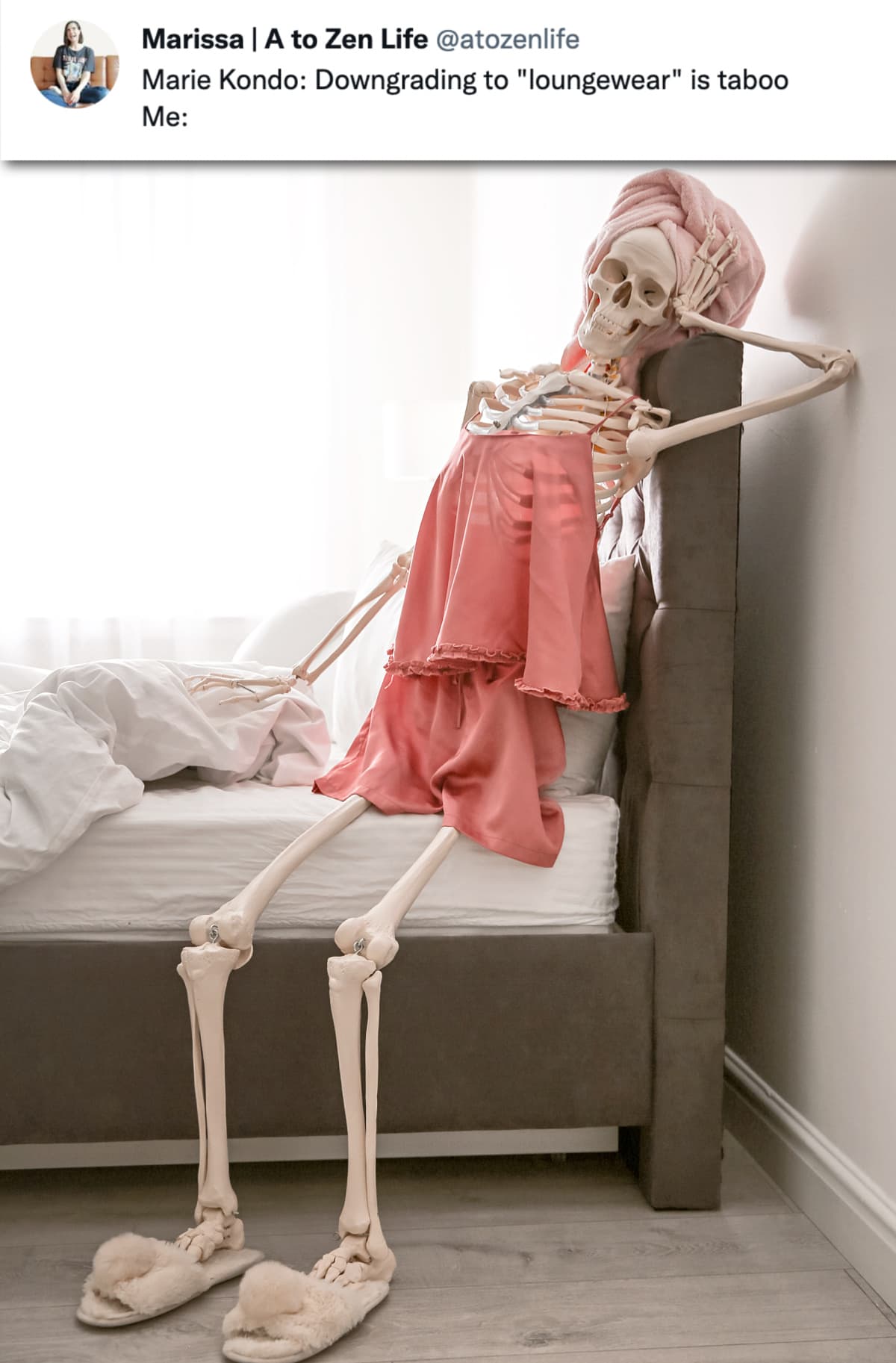
9. thinking clutter will never happen again
In her book, Kondo claims that none of her clients have ever experienced a clutter relapse, which I find hard to believe.
The reality is that decluttering isn’t a one-time thing for most people. Many people think that once they’ve decluttered, they can dust off their hands, and that’s that.
Next thing you know, they have to declutter yet again the following month. Rather than decluttering, again and again, you might need to stop and ask yourself: how did you accumulate so much in the first place?
By changing your habits, you can reduce, if not eliminate, your need to declutter.
I’m not saying you have to become a minimalist like me. But everyone can benefit from reduced clutter and spending habits.
Your home and your life feel lighter!
10. She Doesn’t Go Far Enough
To add to the last point, I think Marie Kondo can take things a step further than she does. While her method for decluttering works well, it would be beneficial to teach people how to change their mindset around shopping and ownership.
Again, Kondo herself says that she is not a minimalist.
“Minimalism advocates living with less; the KonMari Method™ encourages living among items you truly cherish.”
For me, decluttering was the start of it all. And in the process of paring down all our family’s belongings to move to Europe, I saw how little I truly needed.
I encourage you to think big picture while you declutter. It may just be the start of a whole new approach to the way you consume and purchase things!
What Do You Think About the Marie Kondo Method?
Did you agree or disagree with any of these points? How do you feel about the KonMari method?
Let me know in the comments down below!
Watch the video!
SAVE ON PINTEREST!
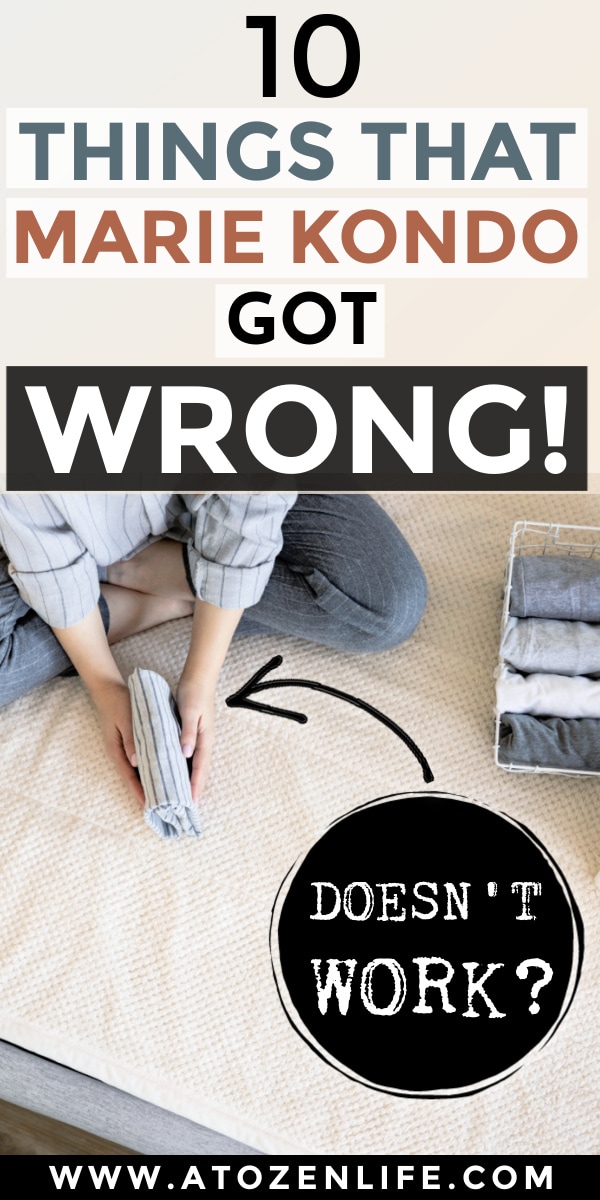
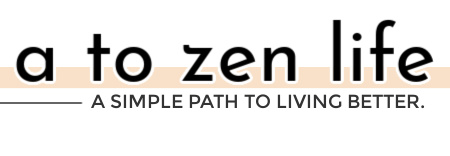





Thank you for the recommendations to adapt the Marie Kondo method. Since I haven’t yet started, I value your advice. I do know my hardest decisions will revolve around my library. Although I can read generally anything I would want in an ebook format, I am addicted to holding the physical book in my hands. The problem is that once I’ve read a book, if I love it, I feel like it’s a friend. I don’t want to exile that friend. Fortunately, I only have about 20 volumes, so it isn’t too difficult a hoarding habit yet.
If you love the books, you re-read them, and they aren’t causing you stress, you can keep the books! Happiness is important. <3
Konmari was totally life changing for me as well, even though I’ve never actually followed her method to a T. Reading it lead to the first time in my life I was ever able to truly declutter some items. It’s gotten better and better every year since